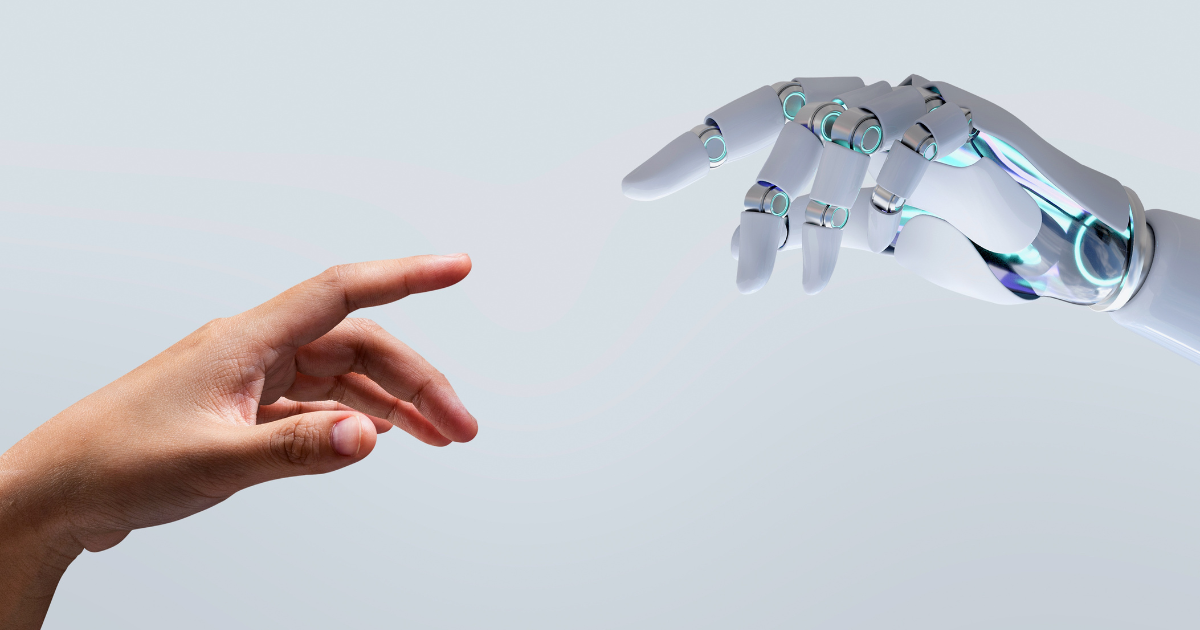Retail innovation through AI is now the driving engine for Warby Parker’s future. In its recent “Third Act,” the company outlined major shifts: intelligent eyewear in partnership with Google and Samsung, virtual try-on tools replacing home programs, and daily AI tools embedded across its organization. This isn’t simply about new products. It’s about transforming the entire business model.
TL;DR
Warby Parker’s “Third Act” is defined by retail innovation through AI:
- Launching AI glasses with Google and Samsung.
- Replacing Home Try-On with an in-house AI Advisor.
- Embedding AI tools across all teams to boost productivity and creative output.
This signals an intelligent-first approach to retail, not just a digital one.
Retail Innovation Through AI: Smart Glasses Are Coming
Warby Parker is partnering with Google and Samsung to bring AI glasses into everyday life. According to recent earnings commentary, these intelligent eyewear products are part of the next phase of growth. They combine design, vision care, and AI platform integration. These developments highlight how retail innovation through AI moves beyond online channels into new form factors.
Retail Innovation Through AI: From Virtual Try-On to AI Advisor
The company’s in-house AI tool, Advisor, now recommends frame styles based on face shape and user data. At the same time, Warby Parker is sun-setting its Home Try-On program to streamline operations. This pivot reflects the power of retail innovation through AI: shifting from physical models toward smarter digital interfaces that boost conversion and efficiency.
Retail Innovation Through AI: Culture and Scale Matter
Warby Parker now expects every corporate employee to use multiple AI tools daily, cutting creative production costs and boosting operational efficiency. Also, AI is being used at scale to evaluate and refine eyewear design, speeding up development cycles. Retail innovation through AI thus becomes company-wide across product, design, operations, and culture.
Retail Innovation Through AI: What the Shift Means
The implications are clear. First, intelligent-first retail means that companies must embed AI into every dimension: product, experience, and business structure. Second, this shift redefines competitive advantage: speed, insight, and integration become more important than traditional scale. Third, early movers will set the benchmarks: Warby Parker’s Third Act gives a glimpse of what the future may look like.
FAQs
What does “retail innovation through AI” mean?
It means using artificial intelligence not only for online enhancements, but as a core element of product, strategy, and operations.
Why is Warby Parker Sunsetting its Home Try-On program?
To focus resources on AI-driven virtual try-on tools that deliver higher conversion and better scalability.
Who are Warby Parker’s AI partnerships?
The company has announced collaborations with Google and Samsung to launch intelligent eyewear.
Will AI replace human roles at Warby Parker?
No. The aim is to replace certain repetitive or design-iteration tasks while freeing human talent to focus on higher-impact work.
What does this shift mean for retail business models?
It means retail models will evolve from digital-first to intelligent-first, where AI is central rather than supportive.
Conclusion
Warby Parker’s Third Act is more than a product roadmap, it is a blueprint for retail innovation through AI. By integrating smart eyewear, virtual-first try-on tools, company-wide AI usage, and scalable design workflows, the company is moving toward an intelligent-first future. For brands watching closely, the question becomes: What would your “third act” look like if AI were the main character?
Related content you might also like:
- Where Virtual Reality Makes Sense
- Building Your First AI Agent: What Financial Advisors Need to Know
- How More Cameras Could Stop Terror
- From Assistant to Colleague: The Rise of Autonomous AI Agents
- AI in Retail: Amazon’s Earnings Redefine the Future of Shopping



